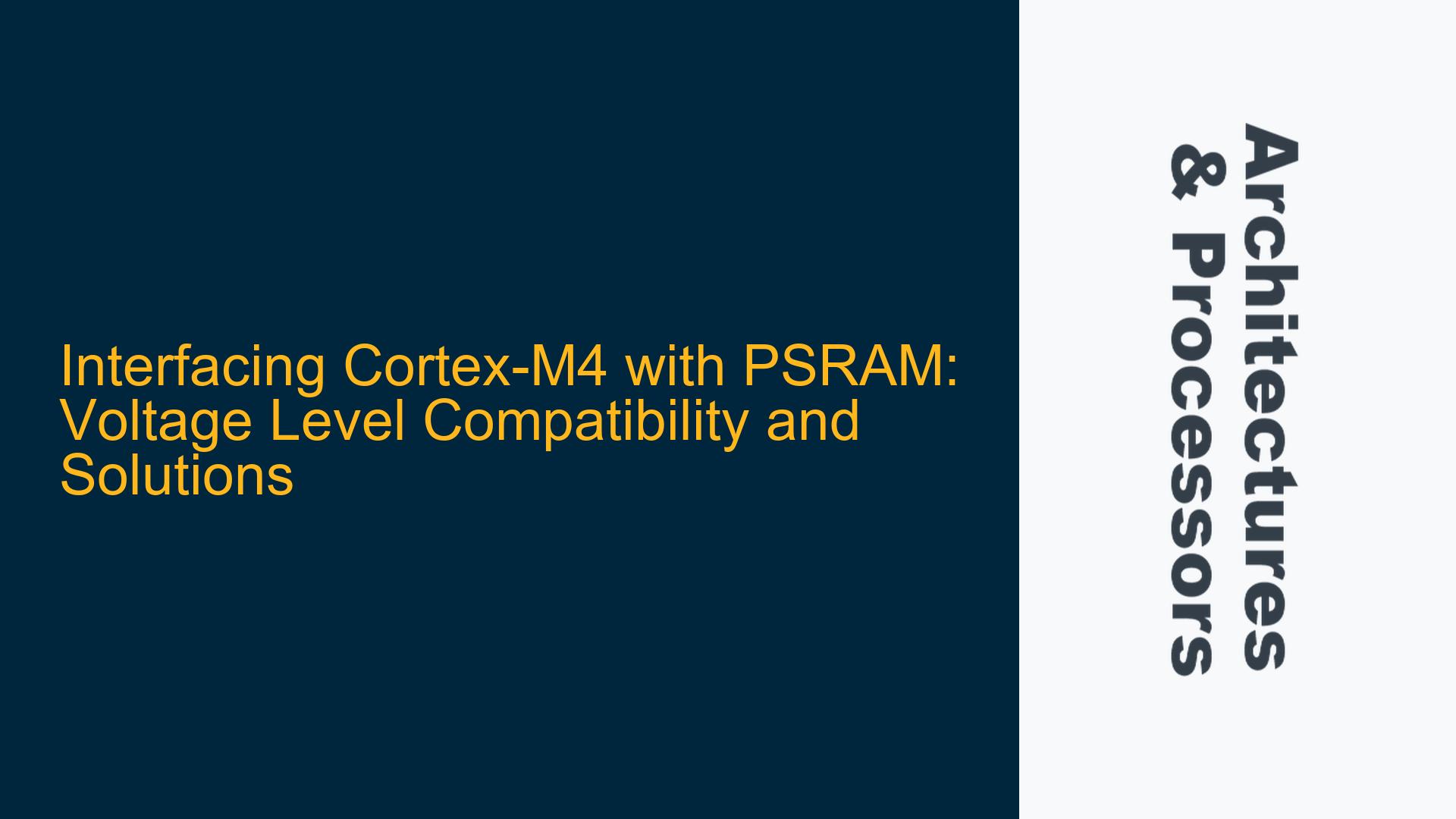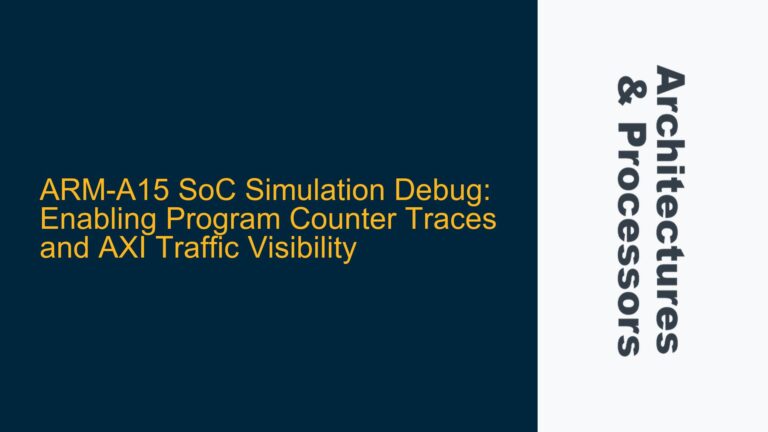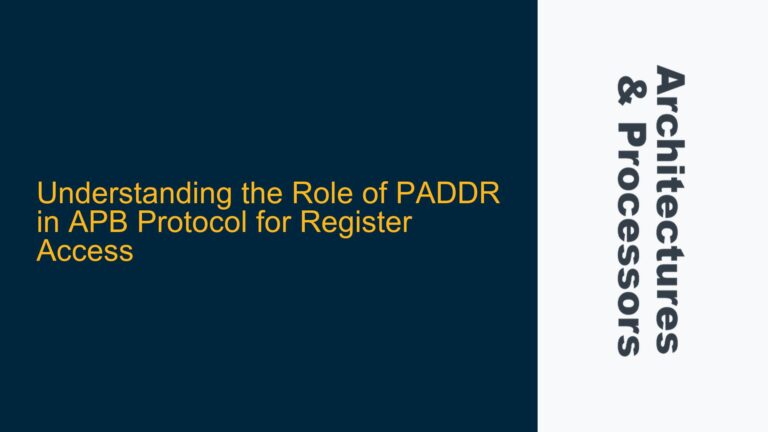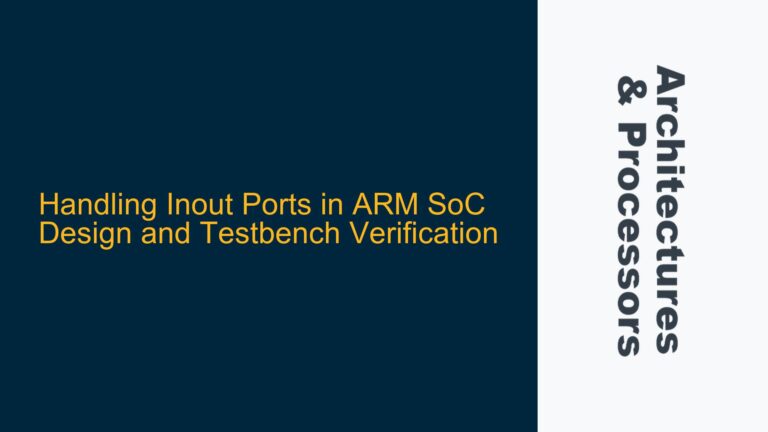Cortex-M4 and PSRAM Voltage Level Mismatch Challenges
When interfacing an ARM Cortex-M4 microcontroller operating at 3.3V with a PSRAM (Pseudo Static Random Access Memory) device operating at 1.8V, voltage level compatibility becomes a critical concern. The Cortex-M4, a widely used 32-bit RISC processor, is often employed in embedded systems where memory interfacing is a common requirement. PSRAM, which combines the advantages of both SRAM and DRAM, is frequently used in applications requiring higher memory density with lower power consumption. However, the voltage level mismatch between the Cortex-M4 and PSRAM can lead to improper signal interpretation, potential damage to the PSRAM, or even failure of the memory interface.
The Cortex-M4’s GPIO (General Purpose Input/Output) pins are typically designed to operate at 3.3V, while the PSRAM’s I/O pins are designed for 1.8V. This discrepancy in voltage levels can cause issues such as signal distortion, incorrect logic level interpretation, and potential damage to the PSRAM due to overvoltage. Additionally, the timing characteristics of the signals may be affected, leading to unreliable data transfers between the microcontroller and the memory device.
Understanding the voltage requirements and tolerances of both the Cortex-M4 and the PSRAM is essential for designing a reliable interface. The Cortex-M4’s GPIO pins must be able to correctly interpret the 1.8V logic levels from the PSRAM, and the PSRAM must be able to tolerate the 3.3V signals from the Cortex-M4. This requires a detailed analysis of the electrical characteristics of both devices, including their input and output voltage levels, current drive capabilities, and timing requirements.
PSRAM I/O Voltage Separation and Cortex-M4 GPIO Configuration
One of the key factors in addressing the voltage level mismatch is the PSRAM’s I/O voltage separation. Many PSRAM devices have separate supply voltages for their core logic and I/O pins. While the core logic of the PSRAM may operate at 1.8V, the I/O pins can often be powered by a different voltage, such as 3.3V, allowing them to interface directly with the Cortex-M4’s GPIO pins. This separation of voltages enables the PSRAM to communicate with the microcontroller without requiring additional level-shifting circuitry.
However, not all PSRAM devices support this feature, and it is crucial to verify the specific PSRAM device’s datasheet to determine whether it has separate I/O voltage pins. If the PSRAM does not support separate I/O voltages, additional circuitry, such as level shifters or voltage translators, will be required to ensure proper signal levels between the Cortex-M4 and the PSRAM.
In cases where the PSRAM supports separate I/O voltages, the Cortex-M4’s GPIO pins can be configured to interface directly with the PSRAM. This configuration typically involves setting the GPIO pins to operate at the same voltage level as the PSRAM’s I/O pins, which may require adjusting the microcontroller’s internal pull-up or pull-down resistors. For example, in STM32 microcontrollers, the GPIO pins can be configured to use internal pull-up resistors to ensure that the logic levels are correctly interpreted when interfacing with 1.8V devices.
It is also important to consider the timing requirements of the PSRAM when configuring the Cortex-M4’s GPIO pins. The PSRAM’s access time, setup time, and hold time must be taken into account to ensure that data transfers occur reliably. The Cortex-M4’s GPIO pins should be configured to meet these timing requirements, which may involve adjusting the microcontroller’s clock speed or using hardware features such as the Flexible Static Memory Controller (FSMC) in STM32 devices.
Implementing Voltage Level Translation and Signal Integrity Measures
When the PSRAM does not support separate I/O voltages, or when the Cortex-M4’s GPIO pins cannot be configured to match the PSRAM’s voltage levels, voltage level translation becomes necessary. Voltage level translators, also known as level shifters, are used to convert the logic levels between the Cortex-M4 and the PSRAM, ensuring that the signals are correctly interpreted by both devices.
There are several types of voltage level translators available, including bidirectional and unidirectional translators. Bidirectional translators are typically used for data buses, where signals need to be transmitted in both directions between the Cortex-M4 and the PSRAM. Unidirectional translators are used for control signals, such as chip select, read/write enable, and address lines, which only need to be transmitted in one direction.
When selecting a voltage level translator, it is important to consider factors such as the voltage levels, current drive capabilities, and propagation delay. The translator must be able to handle the voltage levels of both the Cortex-M4 and the PSRAM, and it must provide sufficient current to drive the PSRAM’s input pins. Additionally, the propagation delay of the translator should be within the timing requirements of the PSRAM to ensure reliable data transfers.
In addition to voltage level translation, signal integrity measures should be implemented to ensure reliable communication between the Cortex-M4 and the PSRAM. Signal integrity issues, such as reflections, crosstalk, and noise, can affect the quality of the signals and lead to data corruption or communication failures. To mitigate these issues, proper PCB layout practices should be followed, including the use of controlled impedance traces, termination resistors, and ground planes.
For example, when routing the address and data lines between the Cortex-M4 and the PSRAM, it is important to minimize the length of the traces and avoid sharp bends or discontinuities that can cause signal reflections. Termination resistors can be used to match the impedance of the traces and reduce reflections, while ground planes can help to reduce noise and crosstalk.
In conclusion, interfacing a Cortex-M4 microcontroller with a PSRAM device operating at different voltage levels requires careful consideration of the electrical characteristics, timing requirements, and signal integrity measures. By understanding the voltage level compatibility, configuring the Cortex-M4’s GPIO pins appropriately, and implementing voltage level translation and signal integrity measures, a reliable and efficient memory interface can be achieved. Whether the PSRAM supports separate I/O voltages or requires additional level-shifting circuitry, the key to success lies in a thorough analysis of the devices’ specifications and a well-designed PCB layout.






